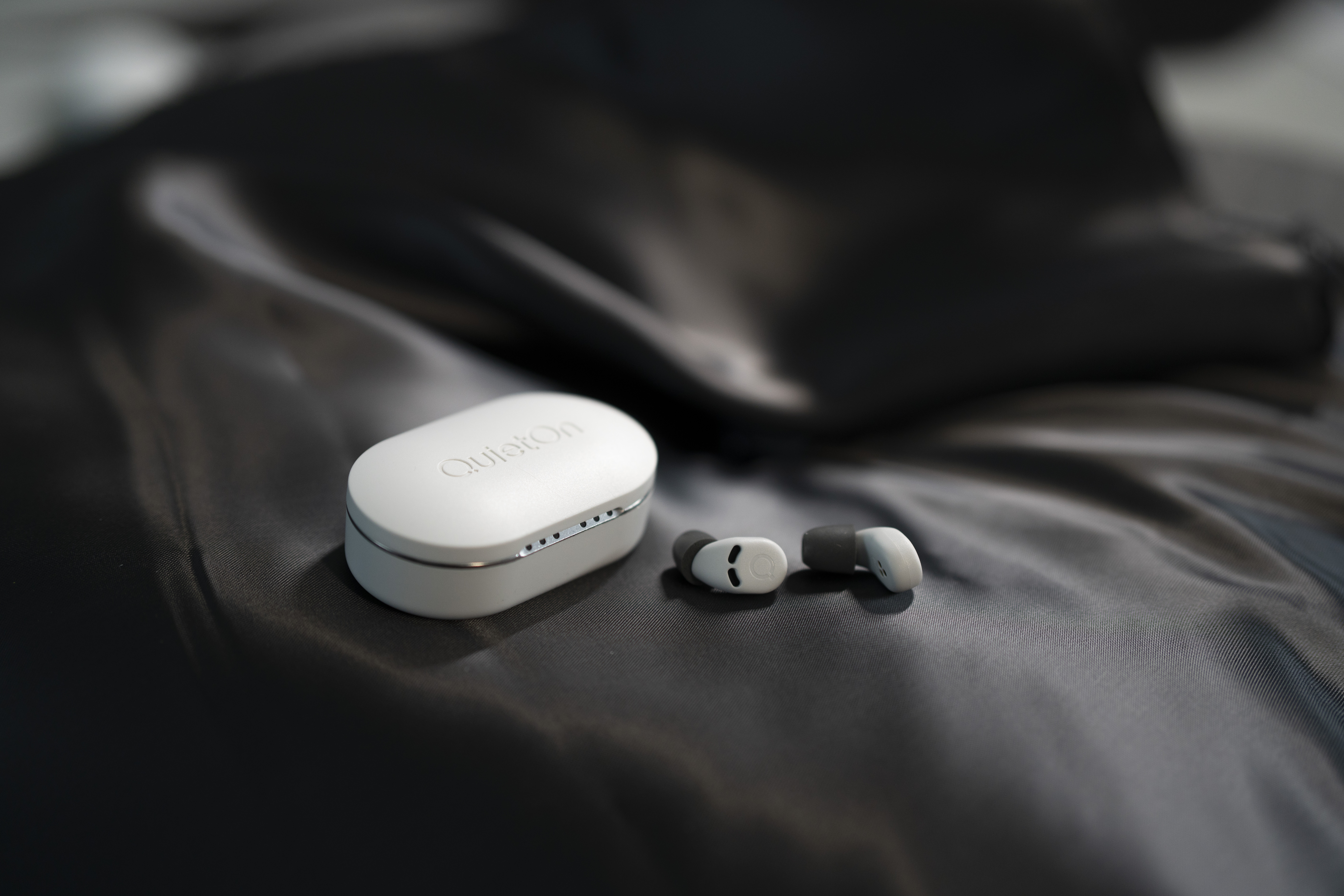Your cart is currently empty!
Which Construction Occupation Is More Prone To Exceed Noise Exposure Limit?
There is something very intimate about the way sounds reach and filter through your being, speaking not only to your ears, but your brain and your entire body. When they sooth, inspire, calm and incite you, they are music, melody, rhythm and rhyme. When they scare, annoy, aggravate you, well, they are noises, terrible noises.…

According to Julian Treasure, Chairman of The Sound Agency, and an expert in how sound affects workers “the sound around us has a powerful effect on our psycho-physiological state, as well as on our cognitive ability and our social behaviour”. A constant exposure to annoying noises can cause distraction, ineffciency and even anxiety. With an office job, one third of workers have had to leave the office due to excessive noise; choosing to work from home or at a café or library instead. However, with some occupations, workers do not have the luxury to look for a more pleasant alternative. Constant noise is an inherent part of the job, and workers, by no means, have to learn to cope with it.
A longitudinal study conducted by Occupational Information Network (O*NET), a program sponsored by the U.S. Department of Labor, Employment and Training Administration revealed that almost all workers in construction occupations are frequently exposed to distressing noise at construction sites, which has likely lead to noise-induced hearing loss (NIHL); 73% of construction workers were exposed to noise levels exceeding the recommended exposure level (REL) regulated by the National Institute for Occupational Safety and Health. Of all, ironworkers suffered the highest exposures to noise limit level, with 86% above the NIOSH REL.
*NIOSH: The National Institute for Occupational Safety and Health is the United States federal agency responsible for conducting research and making recommendations for the prevention of work-related injury and illness.
*REL: Recommended Exposure Limit
Also, based on the criteria for a recommended standard for occupational noise exposure (revised criteria of 1998), published by NIOSH in 2016, it is recommended that there is an urgent need for “hearing protectors that eliminate troublesome barriers by providing increased comfort to wearers as well as improved speech intelligibility and audibility of warning signals. In addition, as new technologies such as active-level dependency and active noise reduction are introduced into personal hearing protection”.
Reference for the article:
Neitzel R, Stover B, & Seixas N. 2011. Longitudinal assessment of noise exposure in a cohort of construction workers (Table 1). Annals of Occupational Hygiene, 55(8):906-916.
CPWR – The Center for Construction Research and Training. O*NET Database and Occupational Exposures in Construction (2012). P 33.
NIOSH. 2016. Criteria for a recommended standard for occupational noise exposure (revised criteria of 1998)





